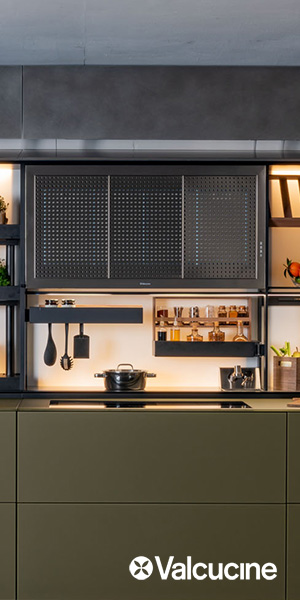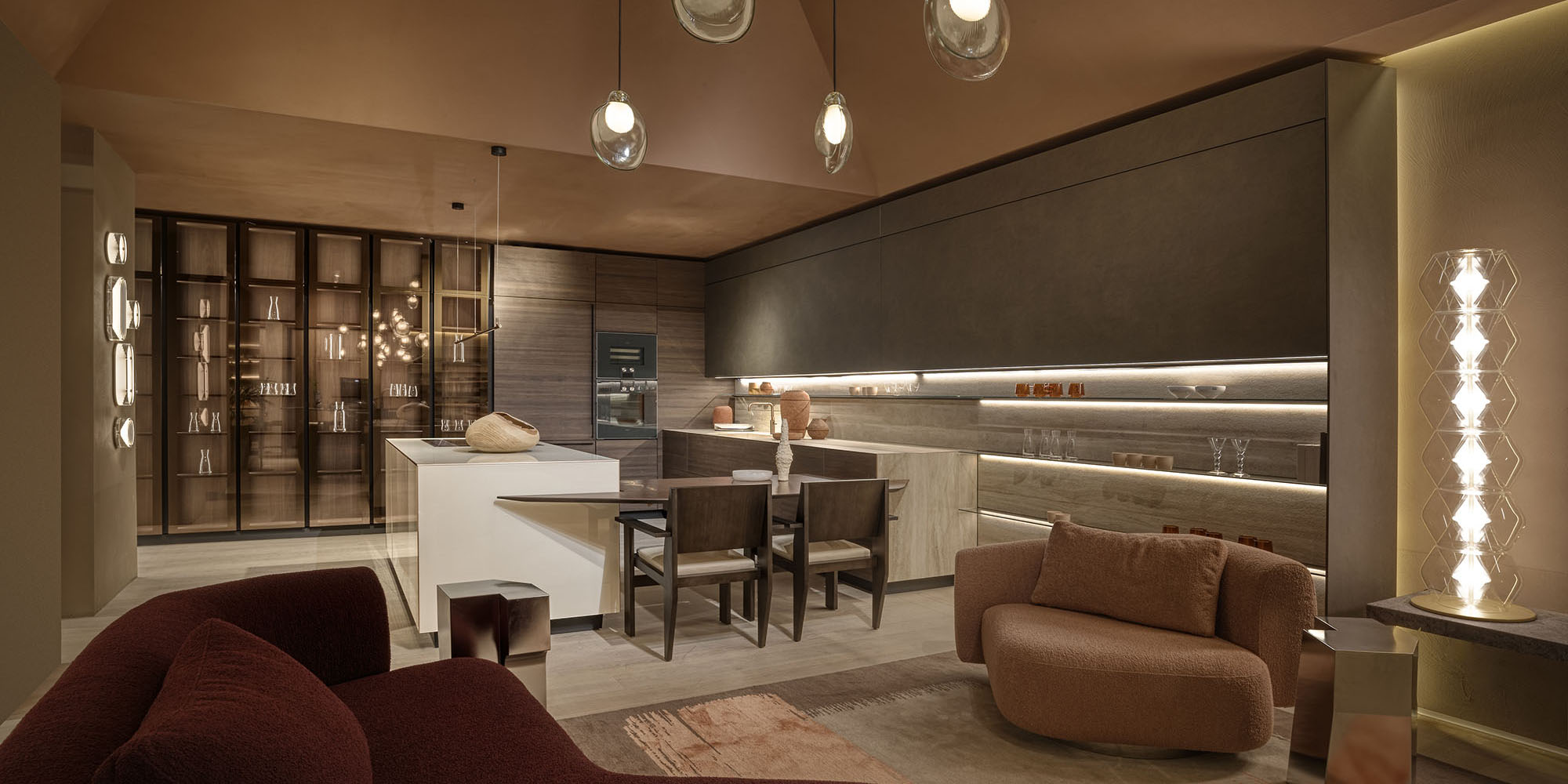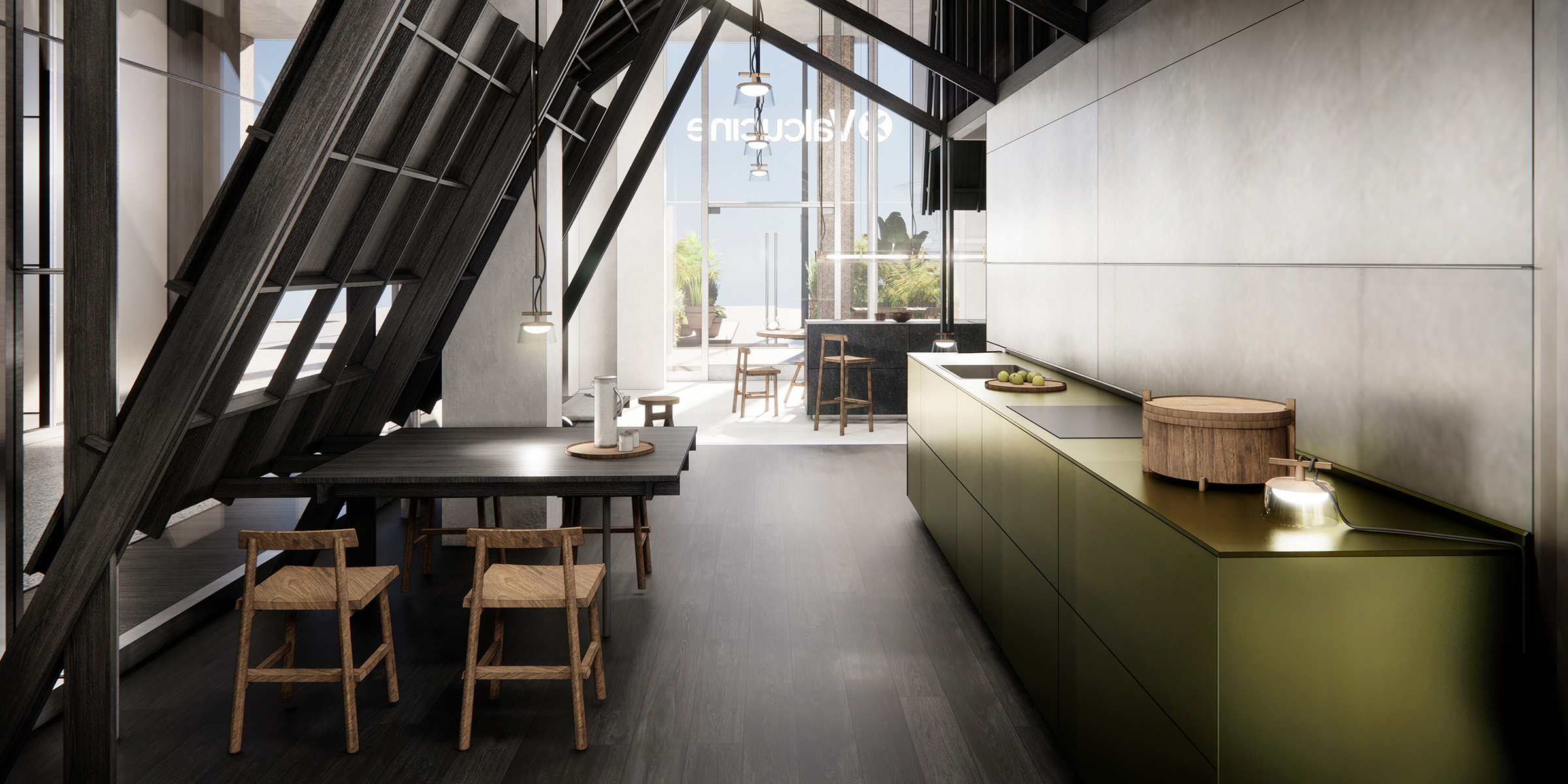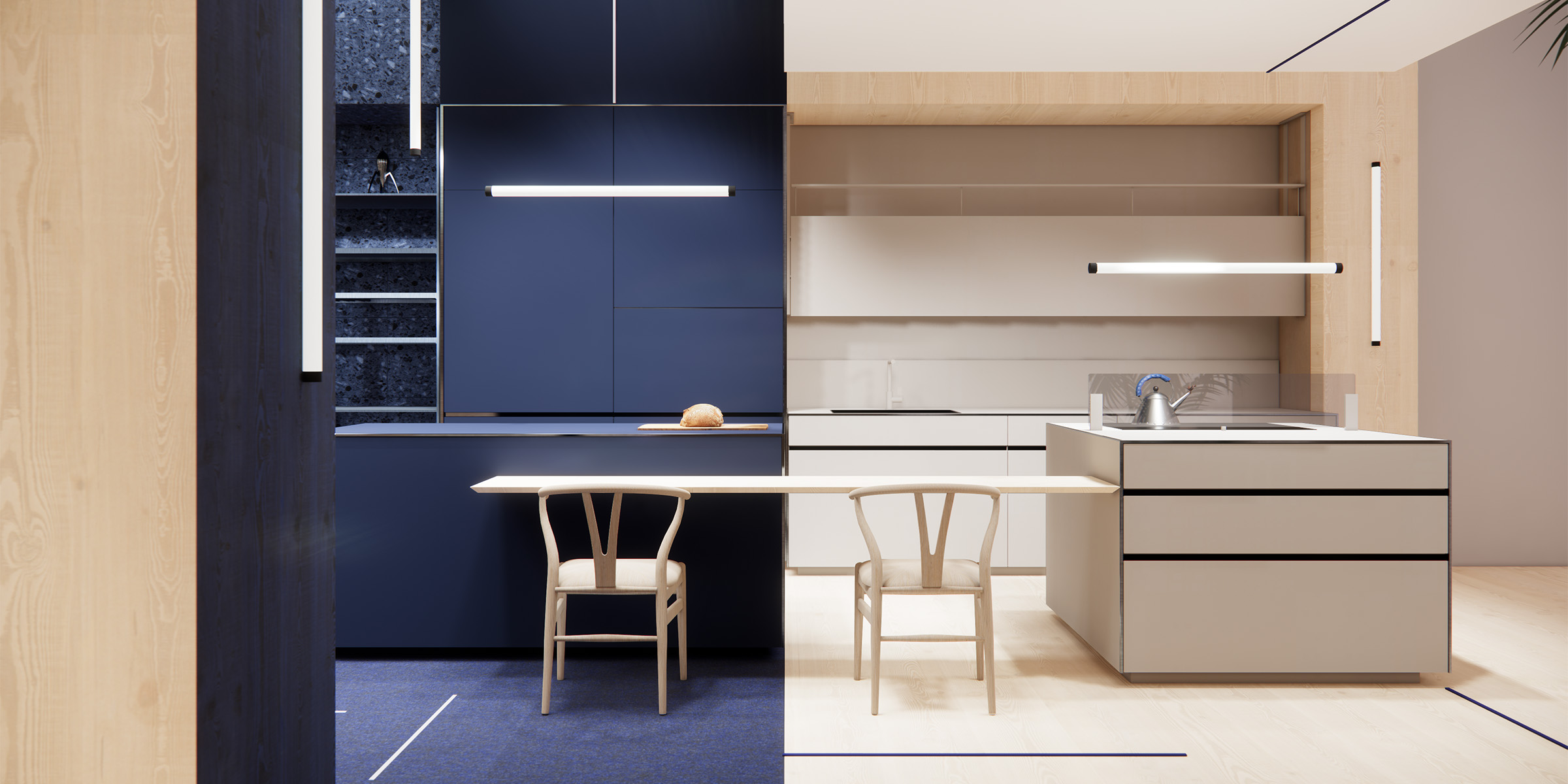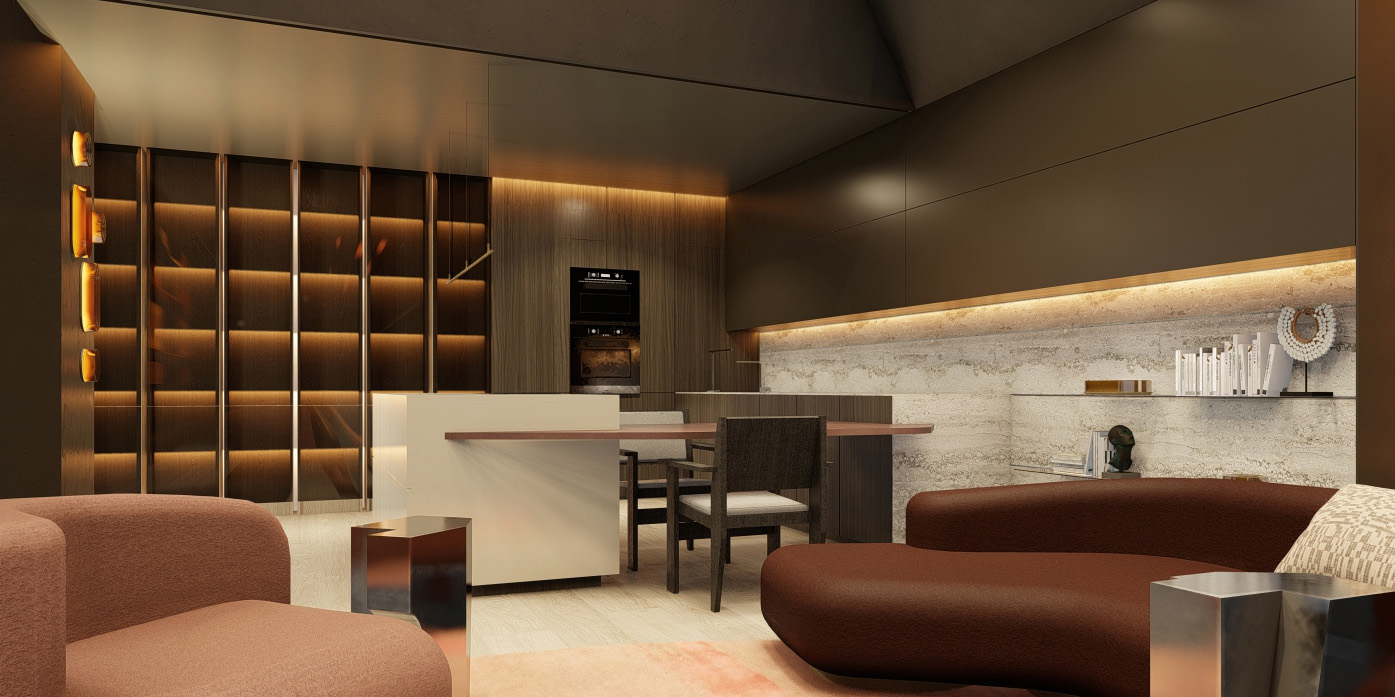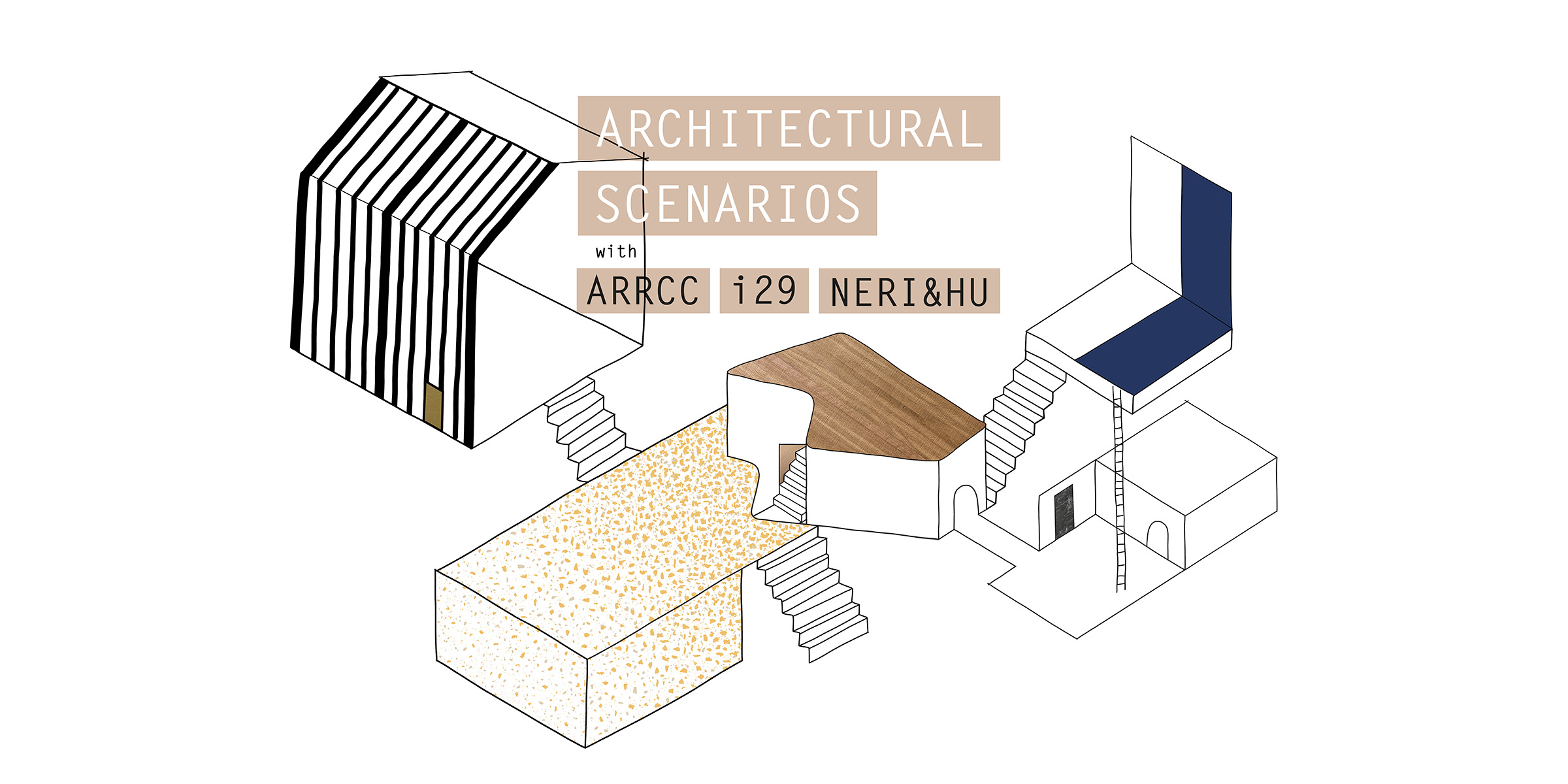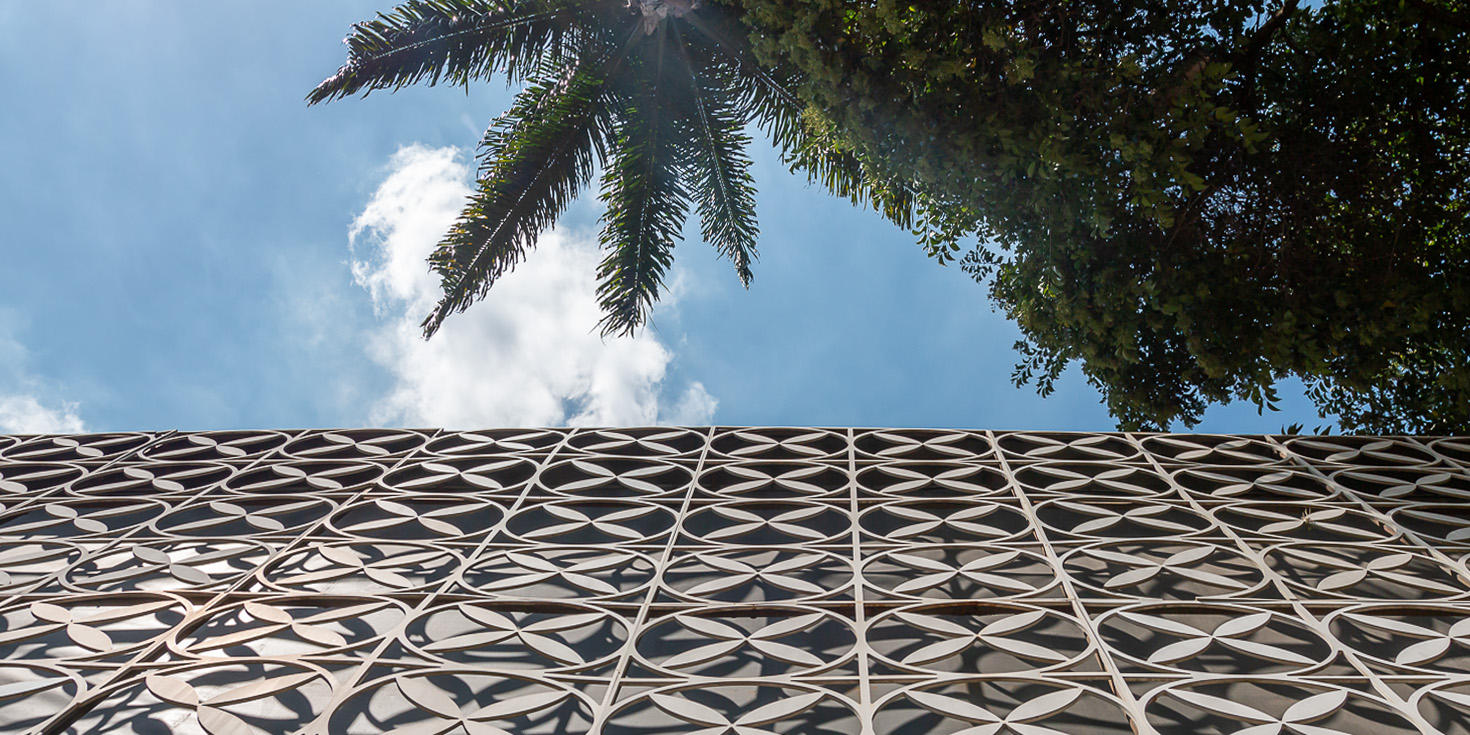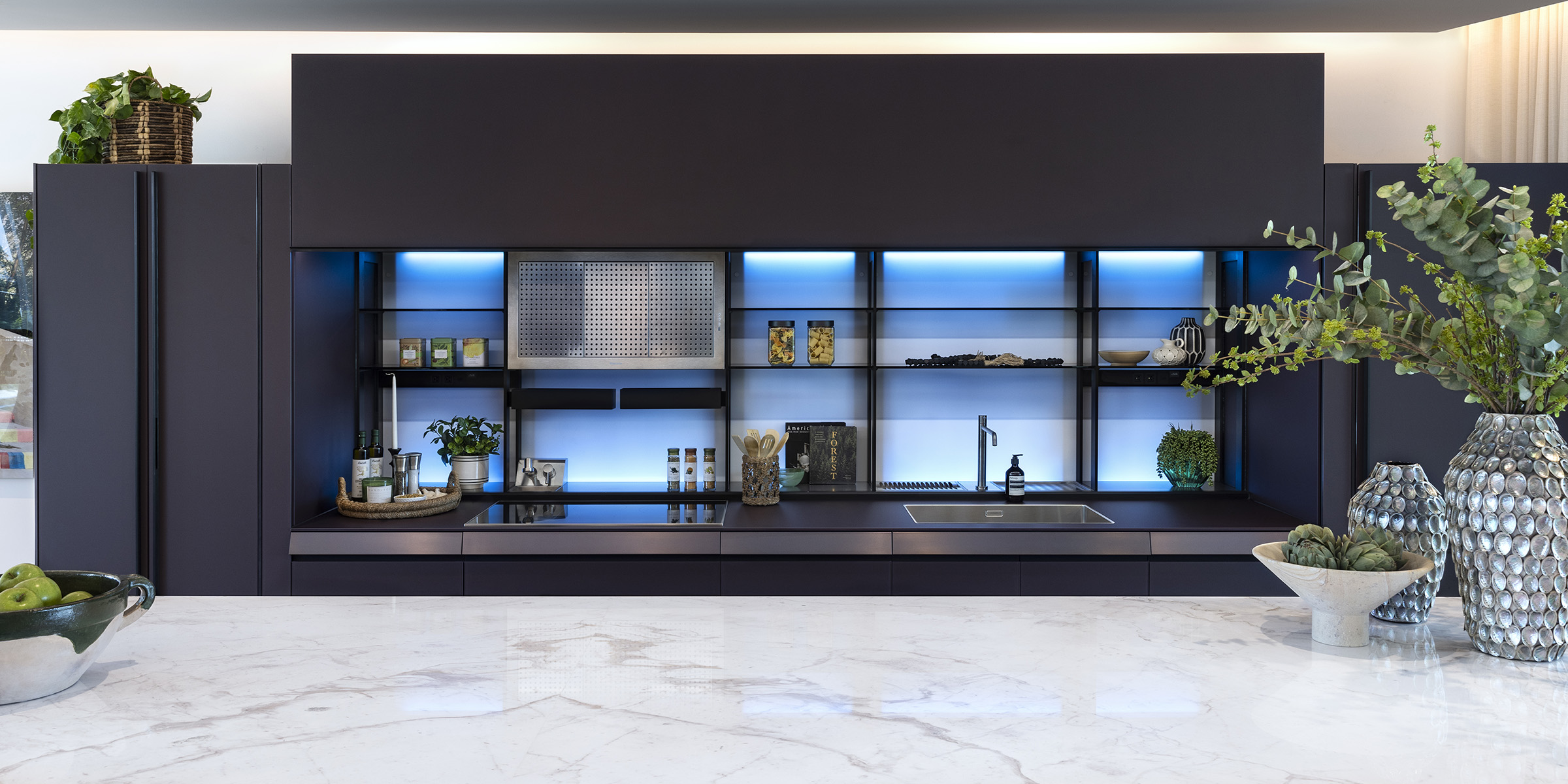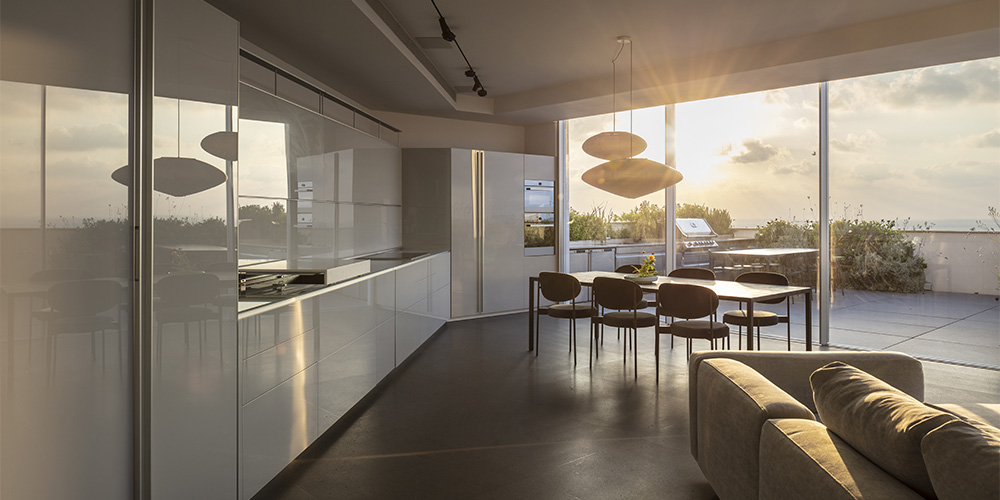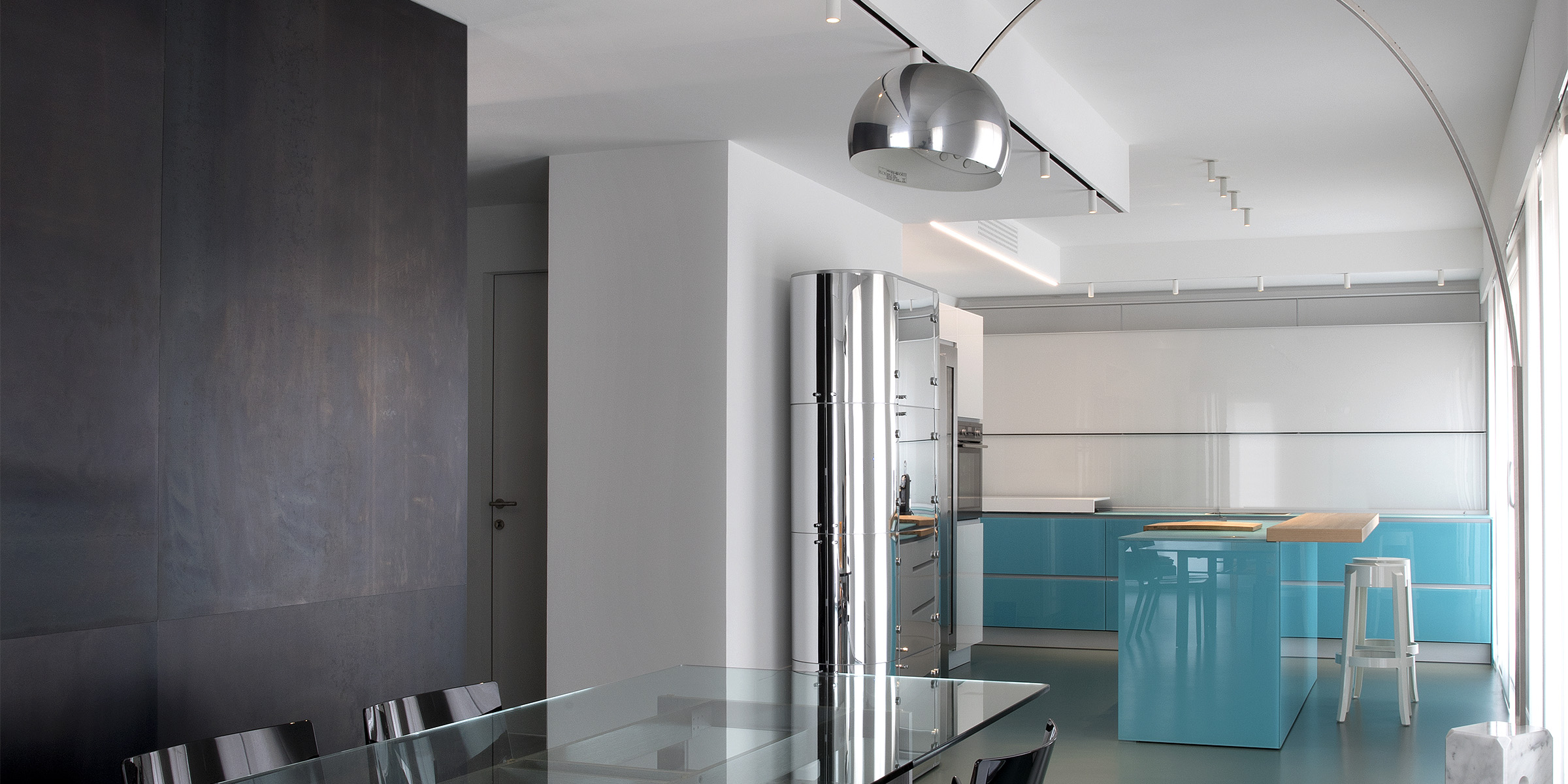Eco-friendly packaging is good for the environment and for the brands

Sustainable design is a growing area within many industrial sectors particularly with the rise in legislation concerning product responsibility, which places more emphasis on the way products should be designed. It is widely recognized that radical changes are needed to products and packaging if we are going to move towards sustainability, some researchers estimate that environmental impact will have to be reduced by to 95%. Sustainable design as a subject has developed considerably over the last ten years with the increase in awareness of environmental and social issues in industry. Until recently, the usual response to environmental problems was to reduce pollution and waste after it had been produced. The most advanced companies are now moving beyond the compliance mentality and being proactive in shaping future markets, consumer needs and influencing legislative developments. They see sustainable development as an opportunity rather than a threat, recognise that ‘prevention is better than cure' and are attempting to ‘design out' rather than simply manage the problems.
So, the concept and practice of sustainable design is the response from the design community to increasing environmental and social pressures, limits and awareness. The last two decades have seen a proliferation of terminology relating to the incorporation of environmental considerations into design. This has included green design, ecodesign and sustainable design:
- Green design: has a single-issue focus, perhaps incorporating the use of some new material, such as recycled or recyclable plastic, or consider energy consumption.
- Ecodesign: adopts the lifecycle approach, exploring and tackling all or the greatest impacts across the products lifecycle.
- Sustainable design: takes a more broad and holistic approach, including: questioning/addressing needs; concern for ethics and equity, services and leasing.
Green Packaging Design
Considering the difference between “ green” and “conventional” product, we often do not focus on packaging. However, in our society we daily face the problem of waste and how to dispose of packaging. We see it when we recycle: the bins for paper, plastic and glass get filled so quickly, making us more aware of the huge amount of waste produced by out society. The main cause for this is quite easy to understand: very often, packaging represents a powerful marketing tool designed to attract potential consumers with endearing characteristics (e.g. colors, shapes, slogans etc.). In recent years, the environmental impact of packaging has become a prominent issue in the environmental debate as it is a very visible product in the waste stream, making up around one-third of household rubbish. The introduction of the European Packaging and Packaging Waste Directive in 1994, which requires “Member States to ensure that all packaging placed on the EU market complies with certain “essential requirements” has made packaging a more important issue for consideration in many businesses.
When it comes to sustainable design, research either looks at the product or the packaging, but it is now being recognised that the two should be looked at in combination and that packaging should be considered as an integral part of the product life cycle, as it is only ever produced to protect, contain, preserve, inform and promote a product in one form or another. It is the author's belief that by doing this it will be possible to develop significantly improve the sustainability performance of product/packaging combinations.
So, can packaging be both attractive and sustainable? Actually, a compromise is possible; more and more brands are designing eco-friendly innovative solutions. For example, the well-known brand Puma has recently designed the Clever Little Bag, that is a shoes box that can be also used as a bag, avoiding any additional packaging and saving a lot of energy and raw materials. The use of biodegradable or recycled materials is, in fact, one of the main tools to design a sustainable packaging.
Valcucine designs its products with eco-friendly materials, as attested by the certifications on the kitchens, such as GS, ISO 14001 and F****. Many years of research into materials and their limits of resistance have permitted Valcucine to gauge the structures of its kitchens down to the essential to create objects that are the utmost expression of design based on a minimum consumption of raw materials and energy, i.e. on the philosophy of dematerialisation. The same concerning the packaging used to wrap and protect the kitchens for shipping. Valcucine use special blankets to wrap the cabinets, instead of just cardboard boxes, in order to cushion the cabinets better. Blankets are usually reused, as reuse is better than recycle. When we do have to use cardboard boxes or foam or plywood, we make sure to reuse or recycle them after delivery and installation.
Green packaging is good for the environment and alsp for the brand image as it enables to develop creative ideas. A longer-lasting life-cycle packaging is possible, if brands invent new ways to make in reusable or living it other innovative functions. Sometimes the surface can really make the difference: a well-designed eco-friendly packaging can contribute to waste reduction and can stimulate for more innovative and creative solutions, improving the brand image.
LATEST POSTS


